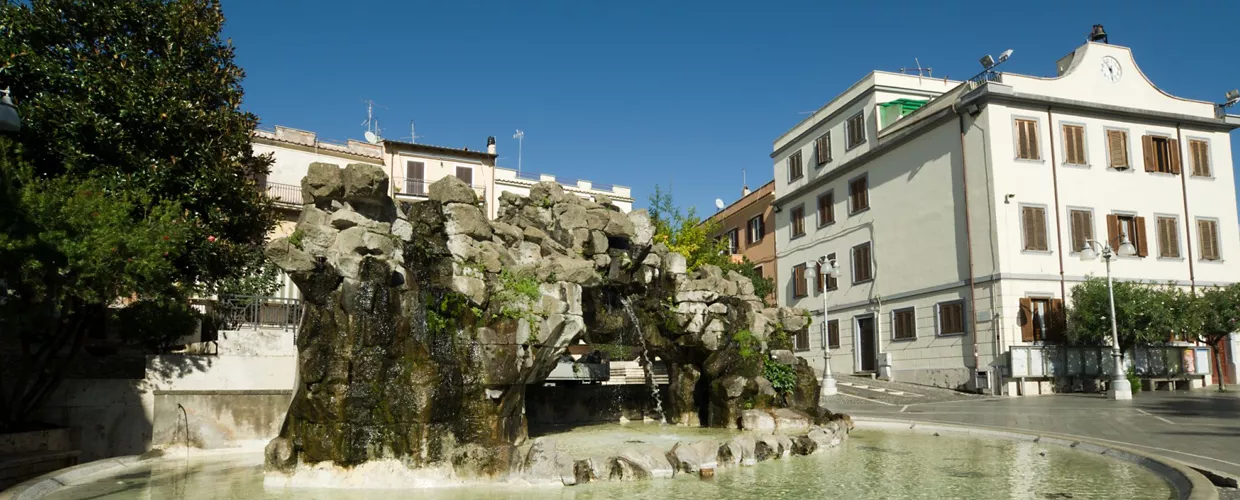This content was automatically translated. View the original text.

Overview
On the last foothills of the Alban Hills, near Rome and in a dominant position on a plateau sloping down to the Latium coast, lies Lanuvio, a small medieval village enclosed by a beautiful city wall that dates back in places to the 5th century BC.
Its narrow streets paved with cobblestones leading to squares adorned with Baroque fountains and façades of palaces incorporating Roman remains, on display in the civic museum, are intriguing.
Lanuvio and its territory are like an open-air museum
A timeline beginning in the 5th century BC with the construction of the megalithic walls made of local stone, some sections of which remain.
The Sanctuary of Juno Sospita (in Latin, propitious), a divinity of Roman mythology of whom we have news from Cicero's writings, can be visited in the park adjoining Villa Sforza Cesarini and dates to the same period.
In the centre is Palazzo Colonna, unfinished, although it is the birthplace of Marcantonio Colonna, one of the architects of the victory at the Battle of Lepanto (1571): a marble sarcophagus from the Roman era (3rd-4th century AD) is placed on the main façade.
Also worth a visit is the 14th-century Rocca, where the Enoteca del Consorzio dei vini Colli Lanuvini is located, the best place to taste the area's wine production: later, you can visit a small museum of rural traditions and climb the watchtower, symbol of the town, from where the view is breathtaking.
There is also a small civic museum in the old town centre, with a pre-Roman section recounting the ancient origins of the village and a Roman section with a fresco from the Augustan period with a Dionysian theme and other artefacts from the sanctuary of Juno Sospita, whose archaeological excavations dating back to the early 20th century are also on display.
Two works by Carlo Fontana, a pupil of Gian Lorenzo Bernini, can be seen in the village: the Fontana degli Scogli (1675) and the church of Santa Maria Maggiore, of Byzantine origin but rebuilt in Baroque style. Along the walls is the foundation of a temple dedicated to Hercules from the 2nd century BC, while from the belvedere terrace, you can see the Pontine Islands on a clear day.
00040 Lanuvio RM, Italia